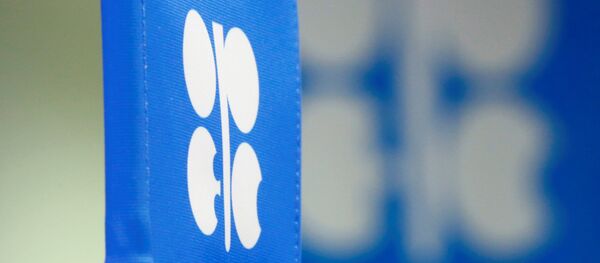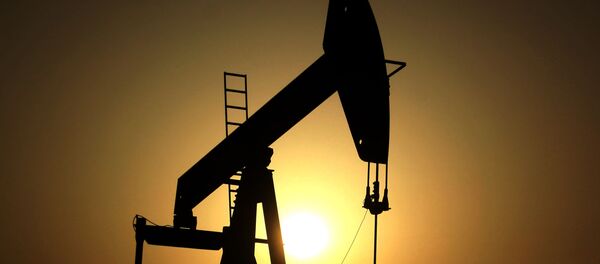Global oil prices therefore face firming upward pressure as the outlook on the world’s economic growth is brightening gradually. Subsequent increases in energy sector investment, however, might stave off any major gains in crude prices, as the ‘boom-bust’ mechanics continue to dominate in the global energy market. Still, as recently observed by Citibank analysts, oil could realistically break above $60/bbl by the end of the current year.
In the recent years, most crude oil in the US has been transported from the oilfield to the refiner by rail, generating substantial profits for the railway companies while creating safety concerns as the highly-flammable shale oil has been moved at high speeds in rail tank cars across the country. Before Donald Trump was elected President in November, railway carriers had benefitted from the anti-pipeline environmentalist agenda, but the situation is changing as the construction of DAPL is currently underway.
The change in the methods of crude oil transportation will affect the US energy market, inflicting an imminent increase in US oil prices. Currently, oil from North Dakota and Canadian Alberta (which features Bakken oilfield, the most prominent source) is flowing to refineries on the East Coast of the US. But DAPL, and another major pipeline project, Keystone XL, will take this oil to the Gulf coast refiners in Louisiana, whose extensive refining capabilities allow them to be willing to pay more for the privilege to process more oil.
"It's the new reality," Taylor Robinson of PLG Consulting said. "Unless there's an unforeseen event, like a supply disruption, there will be no economic incentive to rail Bakken to the East Coast."
Philadelphia Energy Solutions, Inc., the East Coast’s largest refiner, said they are not taking any oil from Bakken in June. The $3.8-billion DAPL is due to be commissioned on 14 May, which means the US oil prices will increase as the Gulf region refiners provide greater demand for the North Dakotan oil.
"At this point, there are no good reasons to rail crude to the East Coast," Sarah Emerson of ESAI Energy LLC said.
As US oil producers eye greater revenues and outbound shipments via pipeline, the Gulf refiners’ capabilities to absorb the incoming oil will determine the US crude price. The petrochemical industry in Texas and Louisiana saw an unprecedented expansion as a consequence of the shale oil boom in 2014, but the declines in shale output in Texas due to disinvestment in recent years have rendered many refining facilities idle. The new inflow of oil from Bakken is poised to revitalise US oil refining, and drive oil prices.
Meanwhile, OPEC's members are adamant about deepening their production cuts in order to push oil prices higher, which would allow many OPEC nations to solve their budget problems. Citibank economists observed that OPEC is capable of implementing further cuts in order to prevent any possible declines in oil prices. Coupled with the DAPL's effects on the North American market, this would drive oil prices even higher.
“With a continuation of the OPEC and non-OPEC producer deal in the second half of 2017 and the expected associated inventory draw-down, we expect oil prices to move above $60 a barrel by the second half of the year,” Citi analysts wrote.
US oil prices, Citi observed, could reach as high as $62/bbl, while the Brent benchmark could appreciate to $65/bbl. In the new pipeline reality in North America, however, oil prices could go above these thresholds in the near-term, but a subsequent increase in energy sector investment could produce another ‘bust’ in the market in the form of heightened levels of extraction in the medium-term.
The acceleration of mainland China’s economy is another sign of optimism for the global energy market, as the Chinese economy is one of the world’s largest crude consumers and heavily reliant of oil imports. A brighter economic outlook in Japan and the Eurozone could also contribute to the upbeat sentiment, however, the internal threats to the Eurozone’s unity and lingering Japanese disinflation have put them off the table for the time being.
Overall, however, the rebound in manufacturing in the US and the UK, entailing the recent political developments in these nations, will also contribute to a greater demand for oil.
Moreover, the US East Coast refiners will be increasingly reliant on oil supplied from overseas, as the flow of the North Dakota oil is now being diverted to the Gulf coast region. This means the likes of the aforementioned Philadelphia Energy Solutions will be buying a more expensive Brent crude from overseas to compensate for the loss of oil-by-rail supplied from Bakken, contributing to a near-term increase in international crude prices as well.
Never miss a story again — sign up to our Telegram channel and we'll keep you up to speed!







